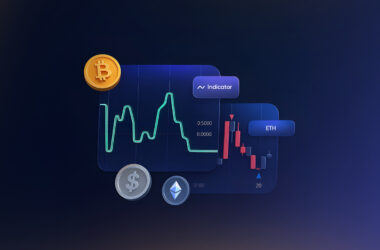Introduction to Algorithmic Trading
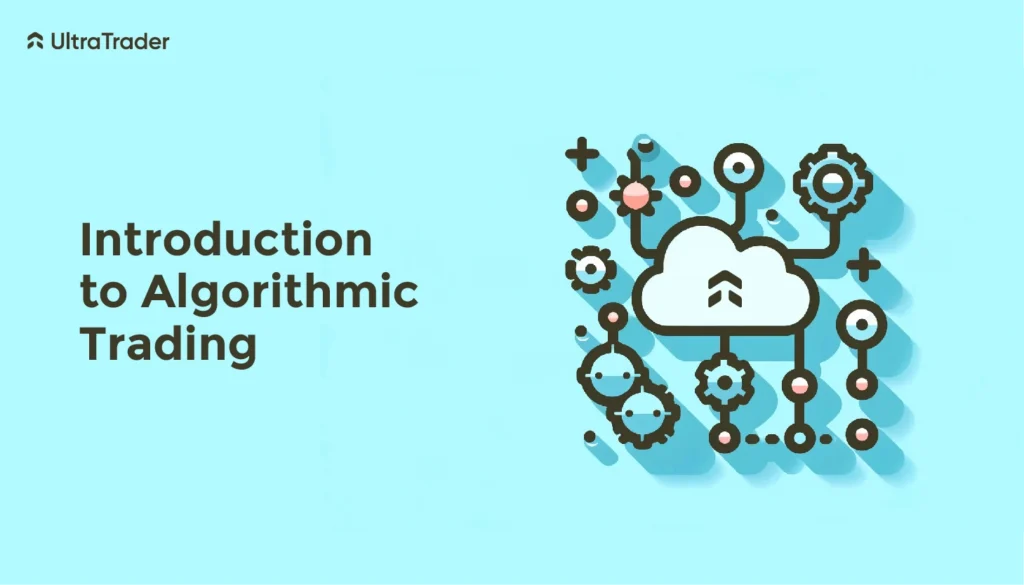
Algorithmic trading, also known as algo-trading or automated trading, is a method of executing trades using computer algorithms that follow pre-defined instructions. These algorithms analyze vast amounts of data, such as market prices, volumes, and trends, to identify trading opportunities and execute trades automatically. Unlike traditional manual trading, which relies on human decision-making, algorithmic trading operates at lightning speed, executing trades in milliseconds or even microseconds.
What Are the Different Types of Algorithms Used in Trading?
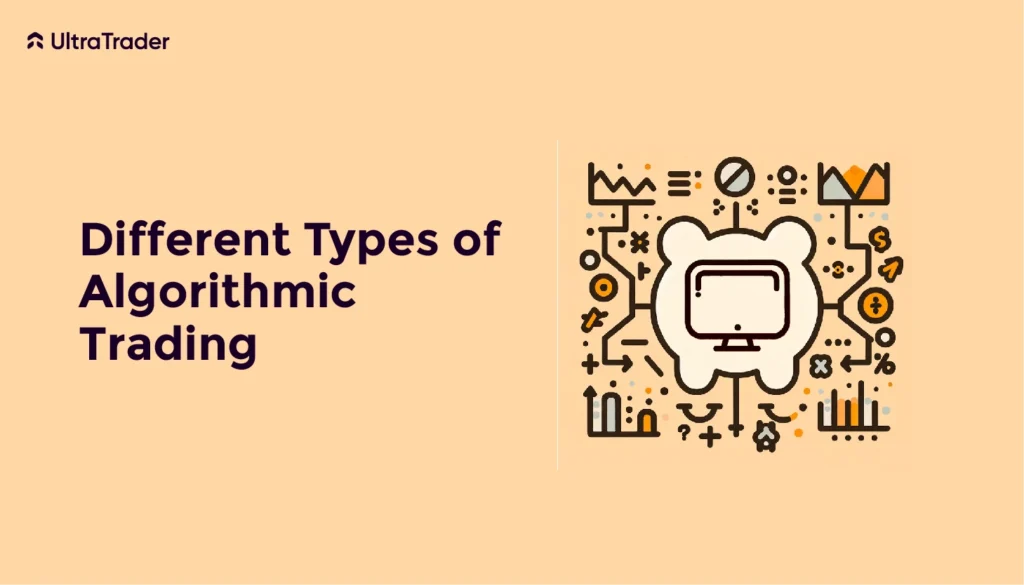
Algorithmic trading encompasses a diverse range of algorithms tailored to specific trading objectives and market conditions. Some common types of algorithms used in trading include:
Trend-following algorithms:
These algorithms identify and capitalize on trends in market prices, aiming to ride the momentum of upward or downward movements.
Arbitrage algorithms:
Arbitrage algorithms exploit price differences between assets or markets to generate profits with minimal risk.
Market-making algorithms:
Market-making algorithms provide liquidity to the market by continuously quoting both buy and sell prices, profiting from the bid-ask spread.
These algorithms identify mispricings in related assets based on statistical models, exploiting temporary discrepancies for profit.
How Has Algorithmic Trading Evolved Over Time?
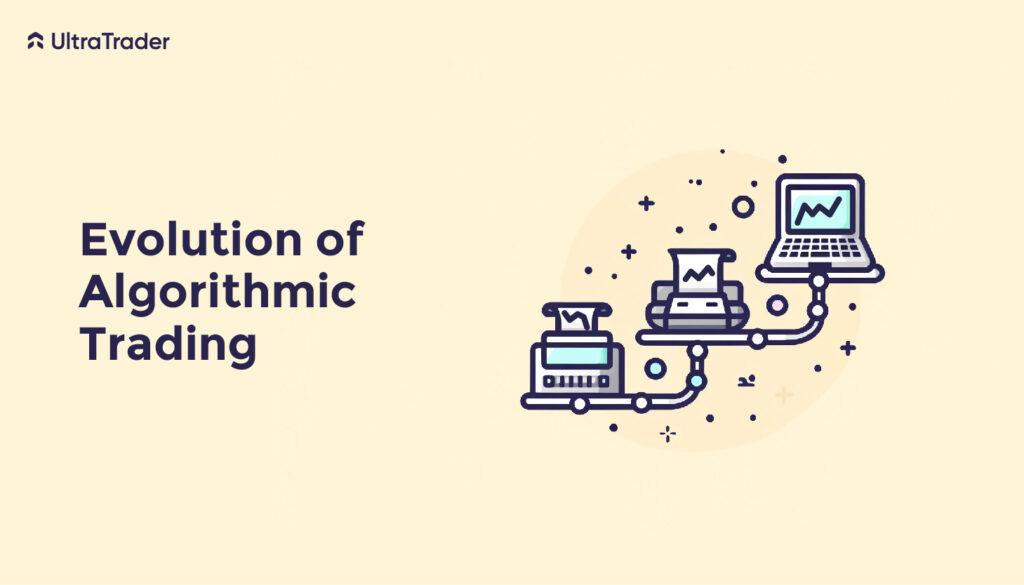
Algorithmic trading, initially developed by institutional investors in the 1970s, has undergone significant evolution. Initially confined to basic strategies and expensive infrastructure, technological advancements have democratized its accessibility to a wider market audience. Over time, it has grown more sophisticated, integrating advanced mathematical models, machine learning, and real-time data analysis. This progression has given rise to high-frequency trading (HFT), which executes trades swiftly to seize fleeting market chances. Moreover, specialized strategies such as day trading algorithms now target intraday price movements.
What Are the Key Mechanisms Behind Algorithmic Trading?
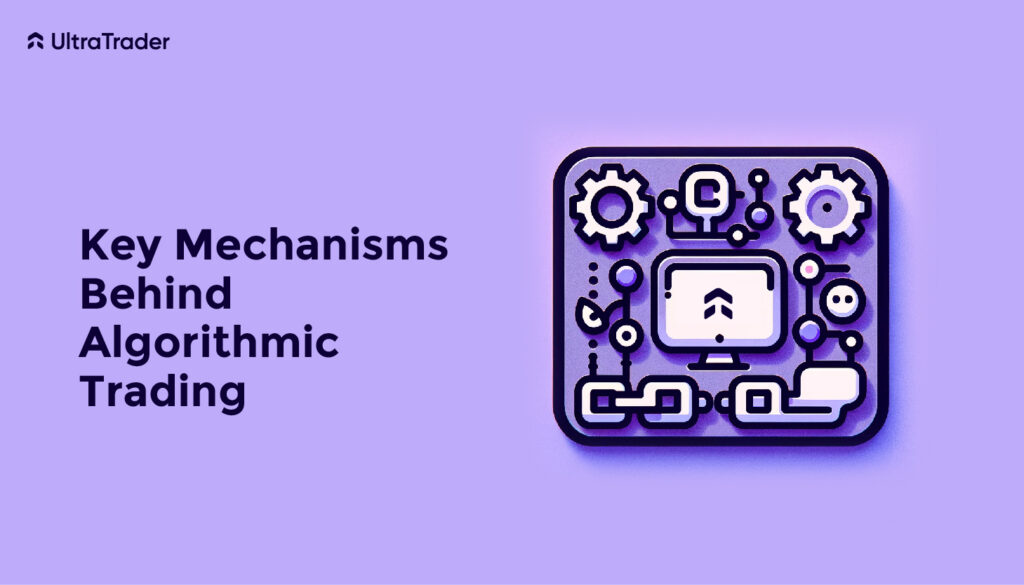
At the core of algorithmic trading are several key mechanisms that enable the execution of trades with speed and precision. These mechanisms include:
Data analysis:
Algorithmic trading algorithms analyze vast amounts of market data, including price movements, volumes, and order book dynamics, to identify profitable trading opportunities.
Order execution:
Once a trading opportunity is identified, algorithmic trading algorithms execute trades automatically, often within milliseconds or microseconds, to capitalize on the opportunity.
Risk management:
Algorithmic trading systems incorporate risk management measures to mitigate potential losses, including position sizing, stop-loss orders, and portfolio diversification.
Connectivity:
Algorithmic trading systems require robust connectivity to exchanges and liquidity providers to ensure timely order execution and minimal latency.
These key mechanisms empower stock trading algorithms to operate effectively in dynamic financial markets, facilitating rapid decision-making and execution.
What Are the Pros and Cons of Algorithmic Trading?
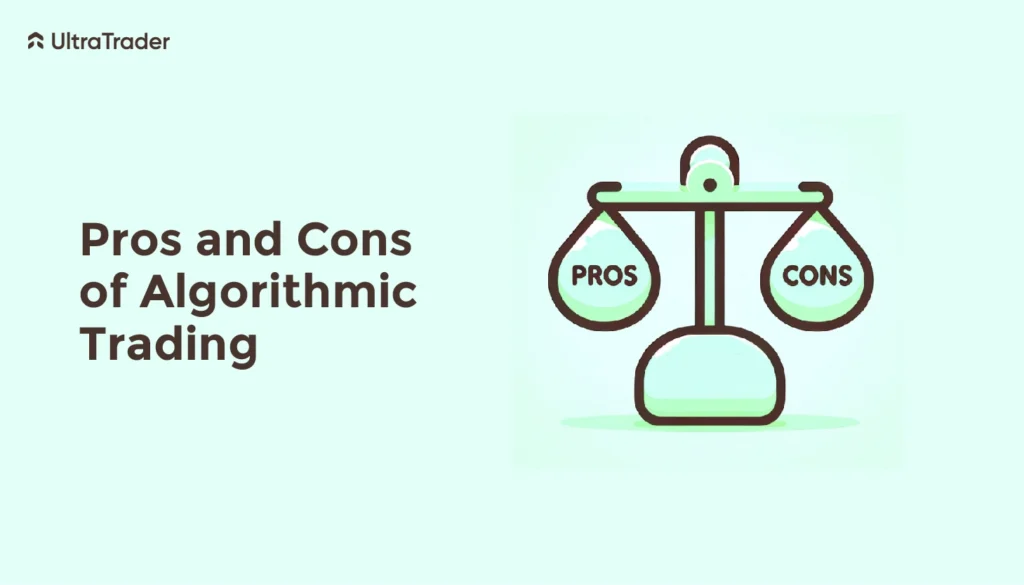
Algorithmic trading offers several potential benefits, including:
Increased speed and efficiency:
Algorithmic trading executes trades at lightning speed, enabling traders to capitalize on market opportunities in real time.
Reduced emotional bias:
Algorithmic trading removes human emotions from the trading process, leading to more disciplined and systematic decision-making.
Diversified trading opportunities:
Algorithmic trading allows traders to explore a wide range of markets, assets, and strategies, diversifying their trading portfolios.
Lower transaction costs:
Algorithmic trading can reduce transaction costs by minimizing deviation and optimizing order execution.
However, algorithmic trading also presents certain challenges and risks, including:
Complexity:
Developing and implementing algorithmic trading strategies can be complex and require specialized knowledge and expertise.
Technical failures:
Algorithmic trading systems are susceptible to technical glitches, system failures, and connectivity issues, which can lead to losses or missed opportunities.
Regulatory scrutiny:
Algorithmic trading is subject to regulatory oversight and compliance requirements, which can vary across jurisdictions and impose additional costs and constraints on traders.
Market impact:
Large-scale algorithmic trading activity can impact market prices, liquidity, and volatility, potentially amplifying market movements and leading to adverse outcomes for traders.
Navigating these challenges requires careful consideration and ongoing refinement of stock trading algorithms to ensure their effectiveness and resilience in dynamic market conditions.
How Do Different Time Scales Impact Algorithmic Trading?
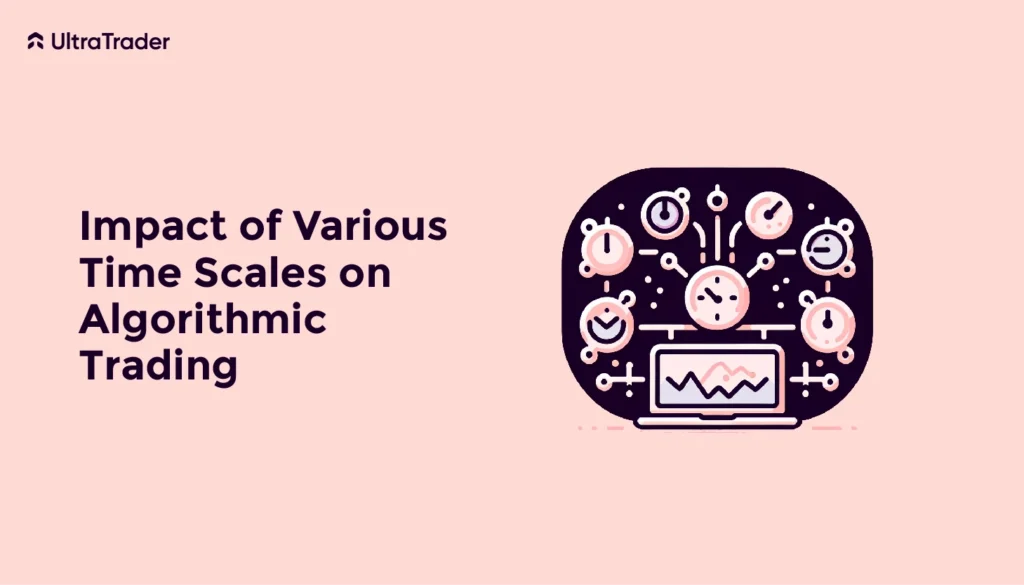
Algorithmic trading operates across various time scales, from high-frequency trading (HFT) strategies executing trades in milliseconds to long-term investment approaches spanning weeks, months, or years. The chosen time scale depends on factors like trading objectives, market conditions, and risk preferences.
HFT strategies aim to exploit short-term market inefficiencies and price discrepancies, requiring ultra-fast execution speeds and low-latency connectivity to exchanges for millisecond precision.
In contrast, long-term algorithmic trading strategies take a patient approach, focusing on fundamental analysis, macroeconomic trends, and longer-term market dynamics. These strategies involve holding positions for days, weeks, or months to capture broader market trends while enduring short-term fluctuations.
What Are the Technical Requirements for Algorithmic Trading?
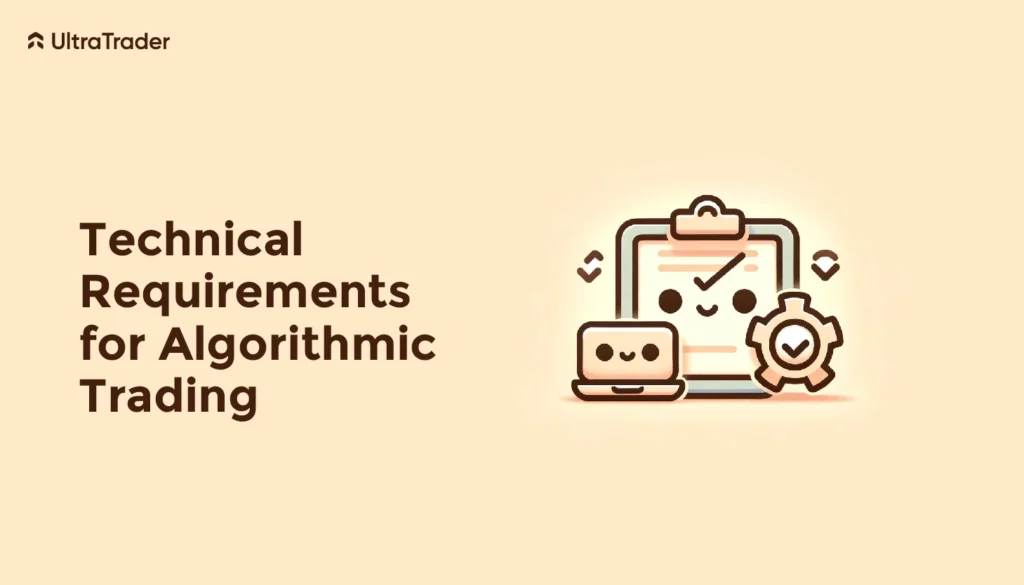
Successful algorithmic trading requires a robust technical infrastructure, encompassing powerful computing systems, high-speed internet connectivity, reliable data feeds, backtesting and simulation tools, and comprehensive risk management measures. These components enable traders to process market data efficiently, execute trades swiftly, and manage risks effectively.
By investing in the right technology and tools, such as free trading journal software and platforms offering real-time paper trading, traders can enhance the performance and reliability of their automated trading strategies, ultimately increasing their chances of success in dynamic financial markets.
Real-world examples demonstrate the effectiveness of algorithmic trading:
- Renaissance Technologies Medallion Fund: This hedge fund boasts average annual returns exceeding 40% over decades, employing sophisticated algorithmic strategies to generate high returns and minimize risk.
- Citadel Securities: A leading market maker, Citadel utilizes advanced algorithms for precise trade execution, leveraging real-time data analysis to provide liquidity and capture market opportunities.
- Virtu Financial: A major player in high-frequency trading, Virtu executes millions of trades daily using algorithmic strategies, capitalizing on short-term market inefficiencies with ultra-fast execution and advanced risk management techniques.
How Does Algorithmic Trading Shape the Future of Financial Markets?

In conclusion, algorithmic trading represents a transformative force in financial markets, offering unparalleled speed, efficiency, and scalability in executing trading strategies. By leveraging advanced algorithms, real-time data analysis, and high-speed connectivity, algorithmic traders can capitalize on market opportunities with precision and agility, driving innovation and liquidity in global financial markets.
As technology continues to evolve and markets become increasingly interconnected, the use of tools like a Forex Trading Journal is becoming crucial for traders to maintain detailed records and analyses of their trading strategies and outcomes. This not only helps in honing strategies but also in adapting quickly to new market conditions. Whether you’re a professional trader, institutional investor, or individual investor, understanding algorithmic trading and utilizing these tools unlocks a world of opportunities to navigate today’s dynamic market environment and achieve your financial goals.








